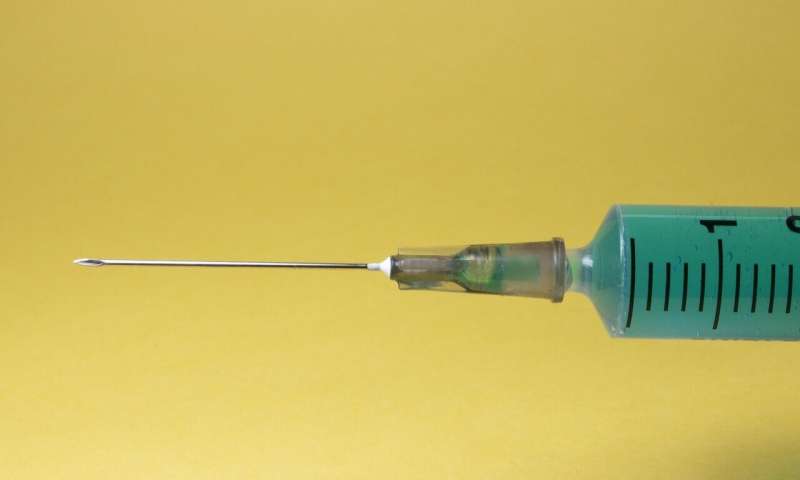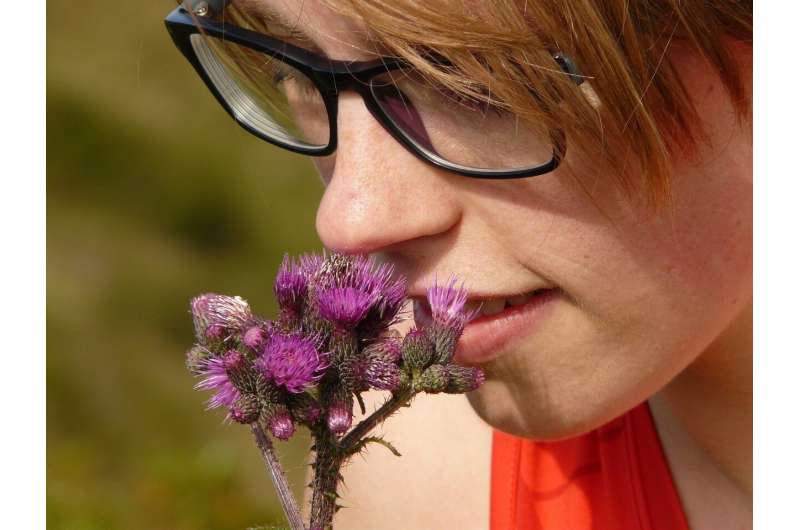Seasonal Risks from Ticks and Mosquitoes: Expert Tips on Prevention and Safety

As warmer weather prompts increased outdoor activity, the presence of ticks and mosquitoes becomes more prevalent, posing health risks along with seasonal nuisances. Ticks are resilient insects that become active with ground temperatures around 40–45°F and can be out year-round, with some species remaining active even in late fall. Unlike mosquitoes, which require warmer temperatures above 70°F, ticks can survive in cooler climates and are often found hiding in leaf litter, tall grass, and wooded areas.
Mosquitoes, on the other hand, thrive when temperatures are above 70°F, especially in stagnant water sources like bird baths, ponds, and planters. The warmer the water and air, the faster mosquito larvae develop into adult insects, increasing the likelihood of bites and disease transmission.
While the Midwest currently faces a relatively low risk of deadly mosquito-borne illnesses such as malaria or dengue, concerns about diseases like West Nile virus persist, particularly affecting birds and horses. Ticks pose a more immediate threat with the potential to transmit Lyme disease, caused by the bacterium Borrelia burgdorferi. Nearly half of the ticks tested in some regions carry this bacteria, leading to thousands of Lyme disease cases annually. Untreated Lyme disease can result in chronic health problems including arthritis and neurological issues.
Another emerging health concern linked to tick bites is alpha-gal syndrome, an allergy to red meat that develops after bites from certain tick species. Although currently rare in some northern areas, this allergy can cause severe reactions, and diagnosis may take years due to the varied and delayed symptoms.
Preventative measures are crucial. For ticks, individuals should check their bodies and pets thoroughly after outdoor adventures, especially in wooded or leafy areas, and use EPA-registered tick-repellent products. Mosquito protection includes eliminating standing water around homes, wearing lighter-colored clothing, and using effective insect repellents containing at least 20–30% DEET, oil of lemon eucalyptus, picaridin, or IR3535. Besides sprays, natural deterrents like citronella candles and building habitats to encourage mosquito predators such as bats and swallows can reduce local populations.
Additional strategies include creating mosquito-unfriendly garden environments with plants like citronella, lavender, and lemongrass, although pet safety should be considered. To further avoid bites, wear light-colored clothing, avoid dark hues especially during active mosquito hours, and perform regular tick checks on yourself and pets to catch infestations early.
By remaining vigilant and adopting these protective practices, outdoor enthusiasts can enjoy the summer months while minimizing the risk of insect-borne diseases.
Source: https://medicalxpress.com/news/2025-05-tis-season-mosquitoes-medical-entomologist.html
Stay Updated with Mia's Feed
Get the latest health & wellness insights delivered straight to your inbox.
Related Articles
Chickenpox Vaccination Policies: UK Approves the MMRV for Under-Fours Amid US Restrictions
The UK and US adopt contrasting policies on chickenpox vaccination for young children, with the UK approving the MMRV vaccine to enhance coverage, while the US restricts its use due to safety concerns. Learn about the implications for public health and childhood immunity.
Loss of Smell as an Early Indicator of Increased Mortality and Dementia Risk
A new study links loss of smell in older adults to higher risks of mortality and dementia, emphasizing the importance of olfactory testing in early health assessment.
China Implements Comprehensive Measures to Combat Chikungunya Virus Outbreak
China deploys extensive measures including disinfection, fines, and innovative mosquito control to curb the chikungunya outbreak impacting thousands. Read more about the ongoing efforts and international advisory updates.
Enhancing Brain Immune Cell Enzyme Could Offer New Treatment Path for Alzheimer's
Scientists at Cedars-Sinai have found that boosting ACE enzyme levels in brain immune cells may protect against and reverse Alzheimer's disease effects, opening new avenues for therapy.



